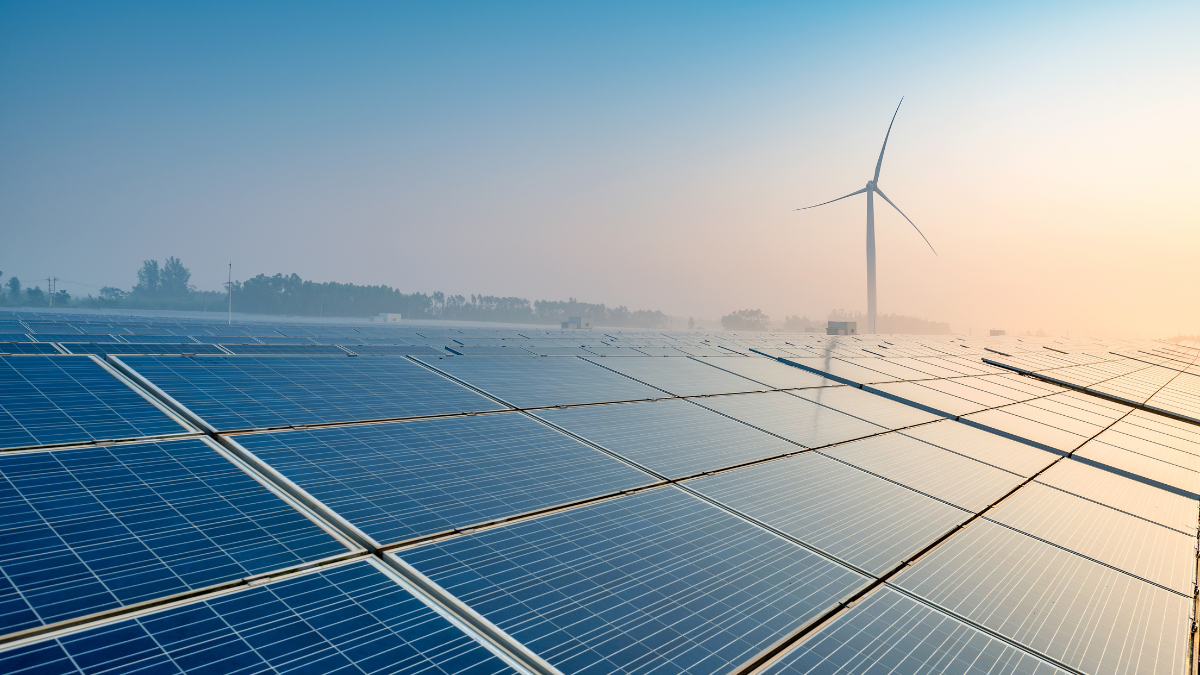India’s Solar Surge Leads Global Renewable Energy Race
When was the last time you saw a coal plant being built in India? Exactly. The country’s sprint toward solar dominance isn’t just impressive—it’s rewriting global energy rules. With states like Rajasthan and Gujarat turning deserts into powerhouses, India’s renewable capacity now rivals some European nations.
Manufacturing Muscle Meets Sunshine Superpower
Remember when India imported 90% of solar panels? Those days are gone faster than a monsoon shower. Domestic manufacturers like Adani Solar and Vikram Solar now supply 60% of the country’s PV modules. The Production Linked Incentive (PLI) scheme deserves some credit—it’s like fertilizer for local manufacturing, helping India avoid the pitfalls of over-reliance on Chinese imports.
But How Reliable Are These Solar Farms?
Grid operators had nightmares about cloud cover disrupting supply. Enter hybrid projects pairing solar with wind or battery storage. The Pavagada Solar Park in Karnataka—one of the world’s largest—already delivers power with 96% uptime. Not bad for a technology some called ‘unpredictable’ a decade ago.
The Rooftop Revolution No One Saw Coming
Commercial buildings account for 70% of India’s rooftop solar growth. Why? Because even accountants love math showing 30% savings on electricity bills. Tata Power’s turnkey solutions make installation easier than ordering food delivery—with better long-term returns.
What’s Slowing Down the Boom?
Land acquisition remains tricky as a cricket match in April heat. Discoms sometimes drag their feet on net metering approvals. Yet solar tariffs hitting ₹2.36/kWh (that’s under 3 cents!) keep winning auctions. The economic argument has become bulletproof.
The Storage Game Changer
Lithium-ion prices fell 89% since 2010—a silent revolution making solar viable after sunset. Exide and Amara Raja now produce India-made batteries compatible with Fronius inverters. Suddenly, ‘solar doesn’t work at night’ sounds as outdated as CD players.
This isn’t just about megawatts. It’s about villages getting 24/7 electricity for clinics. It’s about factories staying competitive without emissions guilt. And yes, it’s about India proving that developing nations can lead—not follow—in the energy transition.






